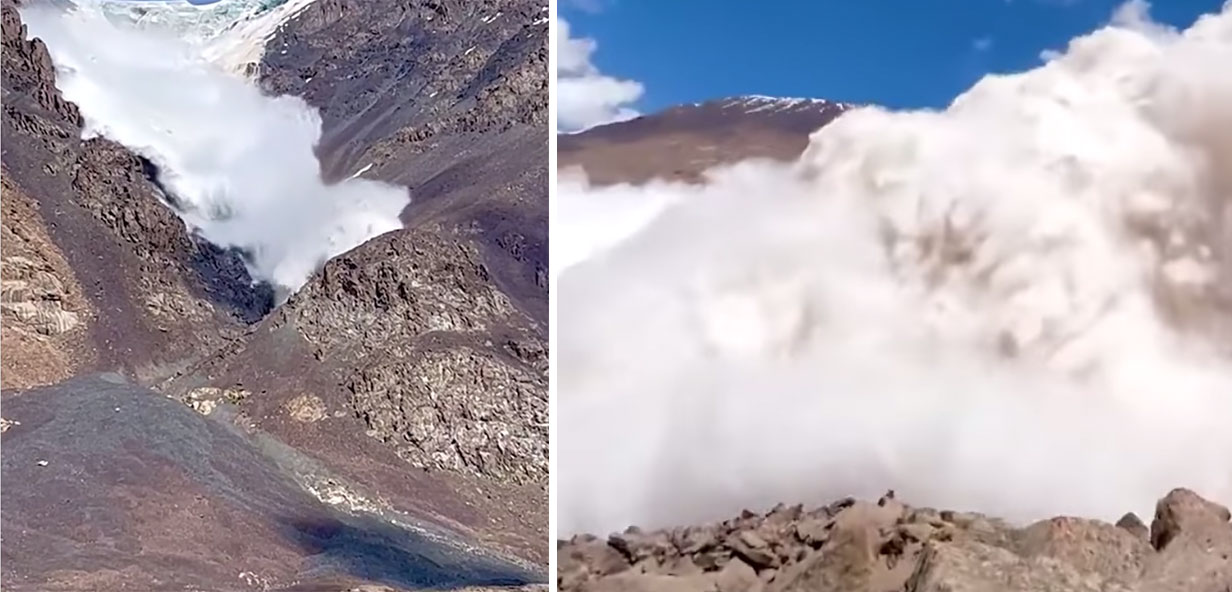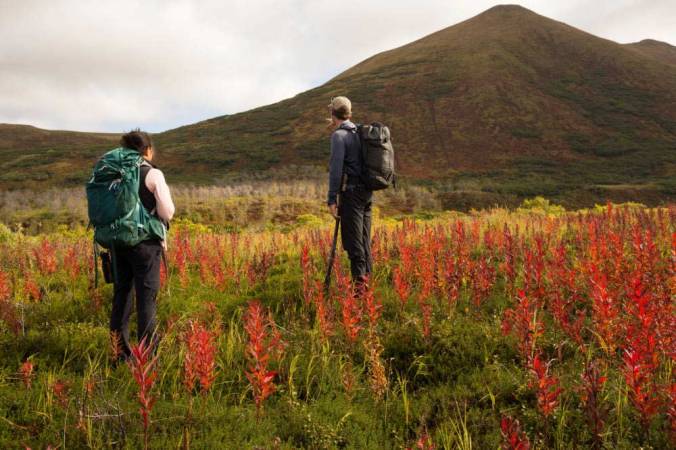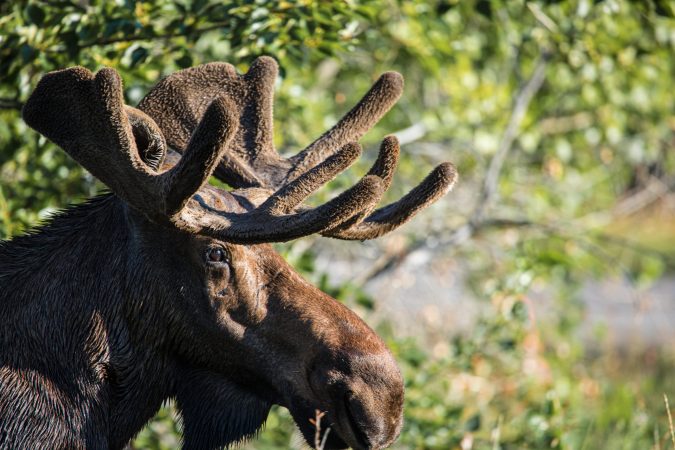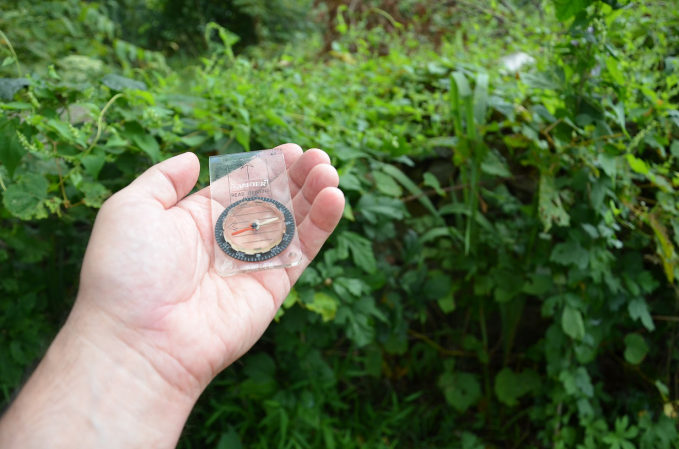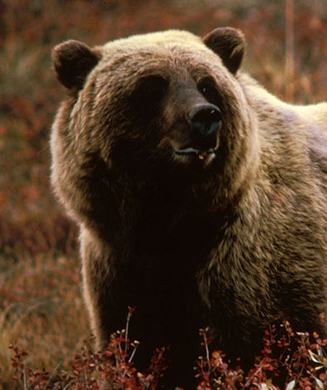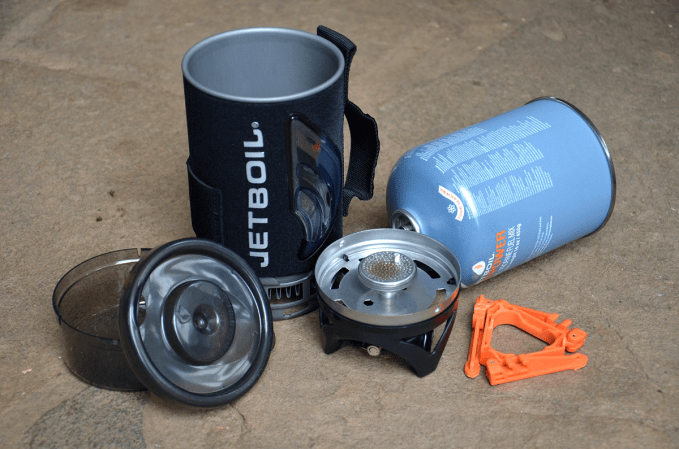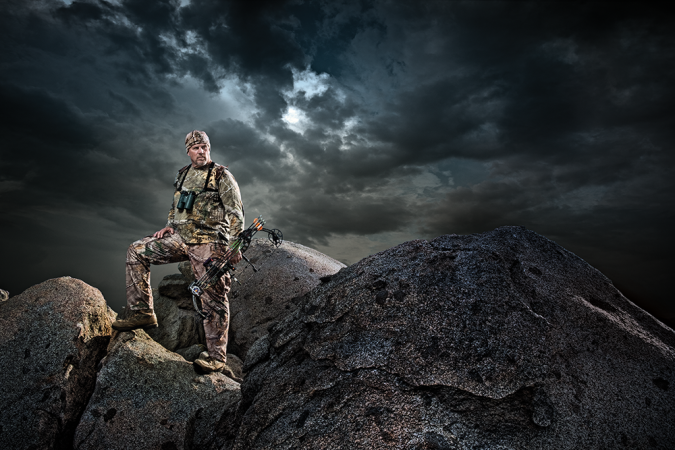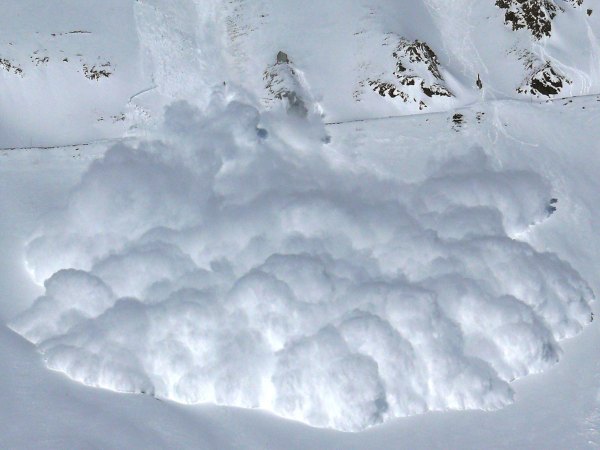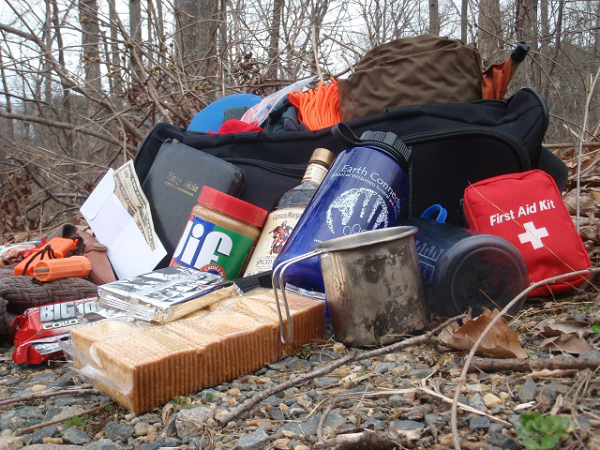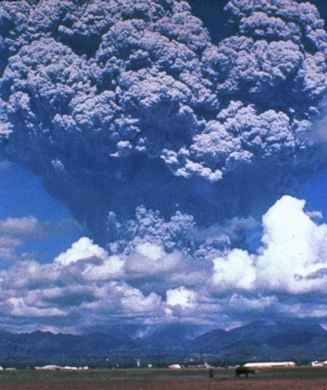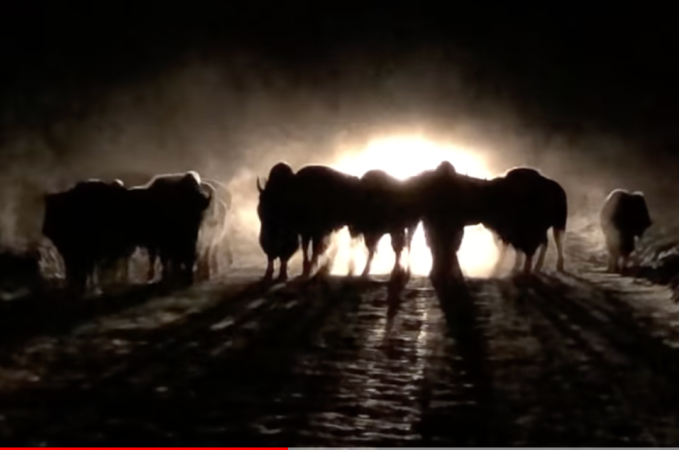July is not what you’d think of as prime avalanche season. But earlier this month, 10 tourists ended up in the middle of a massive avalanche while on a guided horseback trek in the Tian Shan region of Kyrgyzstan. One of the hikers was able to capture the full experience on his phone.
At first, the avalanche seems safely far off, a slow-motion wave flowing down the mountain in between barren rock. The wave picks up speed as it descends, then hits a ridge and breaks, sending snow flying into the air before cascading down and slamming into the ground. As it breaks out of the gully, its path widens rapidly as the tons of ice and snow and rock that had been trapped in the glacier spill out and cover the landscape. As the monstrous wave grows without showing any signs of slowing, the individual filming the scene, Harry Shimmin, realizes it’s about to hit where he is standing, and he dives for cover in between rocks next to him. Shimmin, along with the rest of the group, survived the ordeal, but noted that if they had been farther along on their planned trek they would have been hit by the full force of the avalanche.
And this wasn’t the first glacier collapse that has endangered backcountry travelers in Europe this month. Just six days earlier, the Marmolada glacier in the Italian Dolomites collapsed amid western Europe’s ongoing heat wave. Eleven people were killed in the ensuing avalanche, and many others were injured.
In the past, avalanche “season” was typically December through April. Occasionally there were avalanches out to June. But heating events, like the ones in Kyrgyzstan and western Europe, are melting off seasonal snow at an alarming rate. This exposes the underlying glaciers to unprecedented heat. The result is a different sort of avalanche danger than those covered by traditional avalanche safety courses like AIARE. These unpredictable avalanches create risk for a significantly broader group than the typical backcountry skier and snowmobiler crowd that this education usually targets.
Some mountain regions are heavily monitored—summit attempts of Mount Rainier, for instance, were abruptly canceled in 2021 after it was determined that a June warming event had rendered the glaciers too unstable to climb. However, the majority of mountains are not. For Harry Shimm and his companions, the only warning they had that the avalanche was about to occur was the sound of the ice cracking.
The speed at which the snow traveled down the mountains, and the size of the debris—not just snow, but also massive ice chunks and rocks that had been trapped in the glacier—meant that once the avalanche began, there was no outrunning it. Summer adventurers are unlikely to be carrying standard avalanche safety equipment like a transceiver, probe, and shovel. Plus, it’s less likely that they’d be trained in avalanche safety. That means avoiding these situations in the first place is key. Hikers and hunters exploring mountainous terrain would do well to consider the runout paths of glaciers, and whether any recent weather events have created a risk of glacial collapse.

